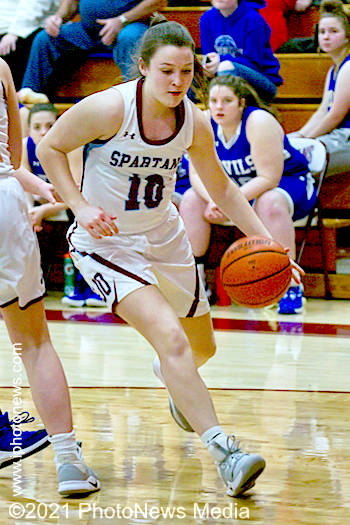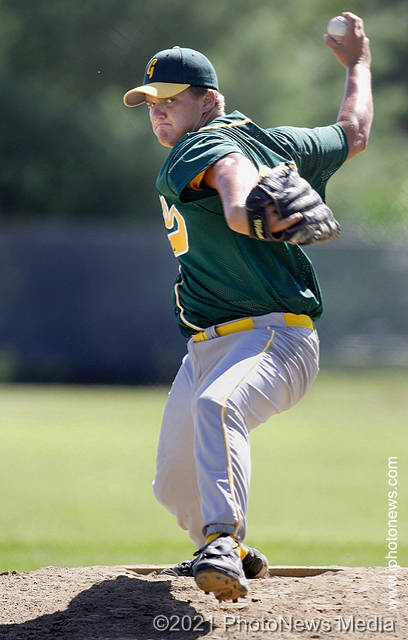Extra
Posts
Showing posts from January, 2021
Apply for the Governor's Hometown Award, applications are being accepted now
- Get link
- Other Apps
Spartan basketball schedule is out and players are ready
- Get link
- Other Apps
Free exercise program for adults as part of a new study at U of I
- Get link
- Other Apps
College Notebook | Crowe leads Cobras to 2-0 start
- Get link
- Other Apps
Guest Commentary: Happy to see documented immigrants come to America
- Get link
- Other Apps
Parkland fall Dean's List includes students from all six communities
- Get link
- Other Apps
Journalism scholarships available for students, application due Feb. 22
- Get link
- Other Apps
Illinois' sin taxes are some of the highest in country
- Get link
- Other Apps
Guest Commentary: We must live our lives right now
- Get link
- Other Apps
Tier 1 is back, restaurants can return to partial indoor dining
- Get link
- Other Apps
A new round of COVID-19 vaccinations starting January 19
- Get link
- Other Apps
There were 44 COVID-19 outbreaks in Illinois schools
- Get link
- Other Apps
A good reason to not leave your kids "Home Alone" in Illinois
- Get link
- Other Apps
32 juniors make Unity's first semester high honor roll
- Get link
- Other Apps
Bill Banning Locked Seclusion and Face-Down Restraints in Illinois Schools Stalls as Lawmakers Run Out of Time
- Get link
- Other Apps






















